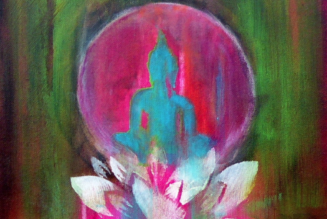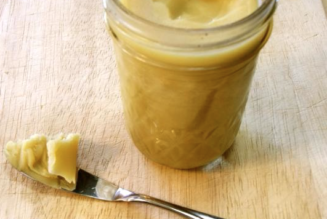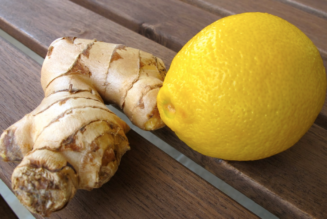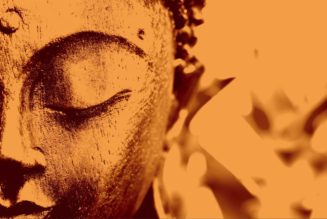Ayurveda – From An Allopath’s Perspective
By Dr Wasuki Upadhyaya MBBS MD(Ay-BHU)
“Ayurveda” – this word brings in two types of thought-responses in the minds of allopathic doctors. One is, “a bunch of sub-standard people practicing outdated crude folk medicine” and the second thought-response being, “a mysterious esoteric science whose intellectual genius is far ahead of allopathic medicine despite being nature based”. Not only is the second thought-response much more true, but is being realized by many open-minded allopaths as well as scientists from around the world.
But then the question arises, how is it that Ayurveda survives when it’s wielded by mediocre minds in the Indian society? Well, the answer is – despite the vast majority whose professionalism, emotional intelligence, intellectual curiosity and critical thinking skills being inferior to that of the doctors of western medicine and scientists – there are a few highly capable ones who are intellectually robust, with personal and moral integrity equal to that of most allopathic doctors, surpassing even a few.
In the above video, Sadhguru explains the difference between the three systems of ayurveda, siddha and allopathy. While allopathy is essentially chemical-based, ayurveda is a herbal-based medical system. Though many ayurvedic practitioners are receiving ayurveda training certificates in a month’s time nowadays, the classical Indian systems of medicine need enormous dedication
This tiny group of effective and efficient individuals are the torch bearers of the glorious science of Ayurveda. It is to these handful of Ayurvedic Physicians [“Vaidyas”] and scientists, that the current existing Ayurveda owes immense gratitude for, for without such “Vaidyas” we may have very well witnessed the destruction of Ayurveda … which may have been destroyed not solely by the hands of the modern pharmaceutical industry but also by a shared responsibility of the Ayurvedic fraternity themselves.
Ayurveda is the science of correct living.
The science of Ayurveda is no doubt a super science that surpasses the allopathic sciences in its holistic thinking. Unlike the various specialties of allopathic sciences which are overly obsessed in treating illnesses with endless drugs, sophisticated technology, and fancy gadgets – Ayurveda, on the other hand, is not just a medical science but it is the ‘science of correct living’. And to extol the various gems of intellectual and conceptual supremacy it contains, not just papers but even books wouldn’t suffice. Yet to state a few, Ayurveda has a thorough protocol on not just how to lead a physically healthy life but it contains techniques and methods on how to lead an emotionally, intellectually, socially and spiritually – happy life. And, if one were to dig deep into oneself, one can appreciate nuggets of human genetics too in the ancient texts of Ayurveda. It even has a fully developed speciality of ‘anti-aging’ medicine and ‘human performance enhancement’ (Rasayana) medicine for which allopathy is still just scratching the surface.
Such is the greatness of Ayurveda. And the principles of Ayurveda aren’t just useful for understanding how health and illnesses occur, but also provides an understanding of certain social and historical events of the world.
To enumerate few:
Older generations in India knew that before any love making scene occurred in Indian films, they would first show the rain. People assumed that rain was just romantic. However, Ayurvedic text provides an insight that rain is an aphrodisiac. This rain wasn’t just a psychological association but rather a biologically acting stimulant.
In Japanese traditional cooking, people consume boiled spinach with sesame oil or soya sauce. But why? Since spinach increases Vata and Kapha, the sour taste of soya sauce or the nature of sesame oil pacifies both Vata and Kapha.
Swedish people consume quite a bit of coffee and lard in their diet. But why? Because Sweden being near the Tundra region, has Kapha and Vata increasing effects on its residents. Coffee, through its heating energy as well as its drying effect helps to balance Kapha while the lard helps to pacify the excess of Vata – thereby maintaining a very sensitive balance.
The ancient Mesoamerican civilization – the Mayans, practiced bloodletting frequently. Especially the royalty. Wonder why? Being a tropical country, the risk of vitiation of blood by Pitta was very high. Thus, the frequent bloodletting maintained health. And, if I am to go out on a limb and guess, I’d say temper (a result of imbalanced Pitta) happens to be a censurable trait for royalty; especially if governance has to be wise and just. Thus, the royalty in its best interests would try to balance their Pitta. And for this intention, bloodletting came in handy.
Thus, Ayurveda, an ocean of magnificent intellectual treasure, unparalleled by any complementary and alternative medicine, is one man’s privilege should he get the opportunity to study and work in it. And the opportunities for anyone to progress using the science is truly limitless when one finds the right suitable conditions to do so.
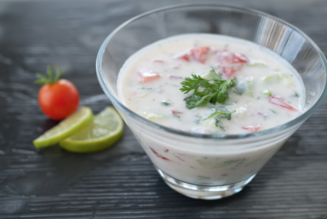
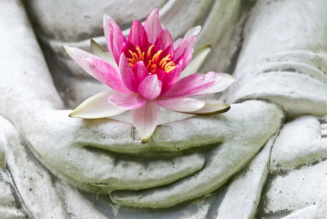
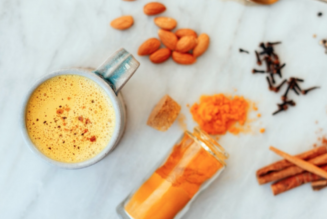
![Female Health: Amenorrhea [cessation of menses] – An Ayurvedic Perspective](https://healthyayurveda.com/wp-content/uploads/2015/07/1.-Amenorhea--327x219.png)
